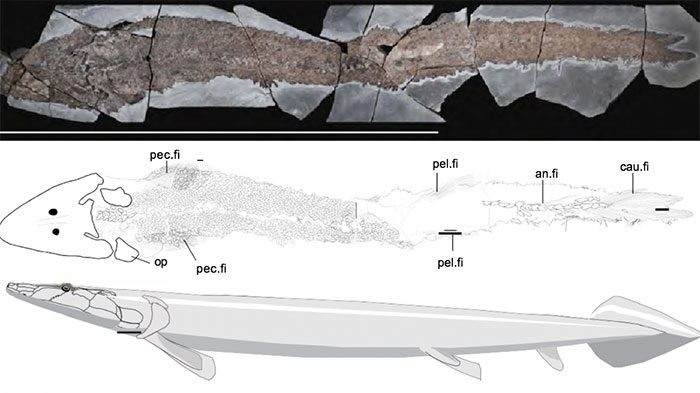Madagascar may be the secret stronghold of the coelacanth, a species of fish known as a “living fossil” that was thought to be extinct until a fisherman caught one in 1938.
34 specimens found have attracted the attention of biologists and conservationists. Although the overall population remains a mystery, the authors of a new study suspect that Madagascar could be an important habitat for the coelacanth and may even be the homeland of its ancestors.

Fish fossils suggest Madagascar may be the homeland of ancient fish species. (Photo: KJIK Magazine).
With a history spanning 420 million years, the coelacanth is older than Madagascar itself, which has a coastline that is 88 million years old.
Mike Bruton, a co-author of the study and a ichthyologist based in Cape Town, South Africa, stated: “Madagascar has a vast coastline, and we know that there are canyons along the coast where coelacanths prefer to live at depths of about 150 to 500 meters.”
Bruton, who authored a book on the coelacanth (University of Florida Press, 2018), mentioned that these fish evolved 180 million years before dinosaurs first appeared, surviving even as continents shifted and an asteroid wiped out much of life on Earth, including “sea monsters” like the Mosasaurs.
First known from fossils, the coelacanth was believed to be extinct until a net fisherman caught one in December 1938 near South Africa.
Currently, researchers recommend that Madagascar establish a coelacanth sanctuary in Onilahy Canyon and add L. chalumnae to the country’s list of protected species through legislation. Fishing teams should be encouraged to tag, photograph, and release any live coelacanths they catch.





















































